Description
What is gabapin 100 mg?
Gabapentin 100 mg is a drug that is commonly used owing to its efficacy in treating a variety of neurological diseases. Originally intended to treat epilepsy, it is now often given for neuropathic pain, anxiety problems, and other off-label applications. This detailed reference will look at the history, uses, mechanism of action, dosage, side effects, and patient concerns for Gabapentin 100 mg.
Origins and Development
Gabapentin was developed in the 1990s as an analog of gamma-aminobutyric acid (GABA), a neurotransmitter that regulates neuronal excitability throughout the nervous system. Despite its structural similarities to GABA, gabapentin does not function on GABA receptors. Instead, it possesses a unique mode of action that adds to its therapeutic efficacy.
Uses of Gabapentin 100 mg
Epilepsy
Gabapentin 100mg is a regularly used supplementary medication for partial seizures in adults and children over the age of three. It promotes seizure control by regulating electrical activity in the brain. Gabapentin may help many epileptic patients lessen the frequency and intensity of their seizures, enhancing their quality of life significantly.
Neuropathic Pain
One of the most important uses of Gabapentin is the treatment of neuropathic pain. This form of pain is caused by nerve injury or malfunction, and it may be persistent and severe. Gabapentin is often used to treat diabetic neuropathy, postherpetic neuralgia (pain associated with shingles), and peripheral neuropathy. Its ability to relieve this sort of pain has cemented its place in pain treatment.
Anxiety Disorders
While not officially approved for this use, Gabapentin is sometimes prescribed off-label for anxiety disorders. It has anxiolytic properties, which can help reduce symptoms of anxiety in some patients. The exact mechanism by which Gabapentin alleviates anxiety is not fully understood, but it is believed to modulate the activity of neurotransmitters that influence mood and anxiety levels.
Other Off-Label Uses
Gabapentin is commonly used off-label to treat a variety of disorders, including restless legs syndrome (RLS), migraine prophylaxis, and menopausal hot flashes. These applications are backed by clinical experience and some research, while further study is required to completely demonstrate their effectiveness.
Mechanism of Action
Gabapentin’s specific mechanism of action is not well known. It interacts with the alpha-2-delta subunit of voltage-gated calcium channels in the central nervous system. This binding inhibits the release of excitatory neurotransmitters, including glutamate, norepinephrine, and substance P, which are implicated in pain transmission and seizure activity. Gabapentin works by blocking these neurotransmitters, which helps to normalize brain activity and reduces pain and seizures.
Dosage and Administration
Gabapentin is available in a variety of forms, including capsules, pills, and oral solutions. The 100mg dosage is often utilized as a beginning point in therapy. The dosage may be progressively raised depending on the patient’s reaction and tolerance to the medicine.
For Epilepsy
The average first dosage for epilepsy may be 300mg per day, split into three doses. The dose may be modified as necessary to provide the best seizure control. To prevent negative consequences, strictly follow the recommendations of your doctor.
For Neuropathic Pain
For neuropathic pain, the first dosage may be modest, with progressive increases to provide pain relief. A usual regimen can begin with 100mg to 300mg per day, increasing as tolerated.
General Guidelines
Gabapentin should be taken with a full glass of water, whether with or without meals. Consistency in time and adherence to the specified dose are critical to the medication’s success.
Side Effects Of gabapin 100mg
Gabapentin 100 mg, like many drugs, has potential negative effects. Most are modest and fade over time as the body responds to the medicine. Typical side effects include:
- Dizziness and Drowsiness: These are the most frequently reported side effects and can affect a person’s ability to drive or operate machinery.
- Fatigue: Some users may experience a general feeling of tiredness.
- Peripheral Edema: Swelling of the extremities, particularly in the legs and feet, can occur.
- Nausea and Vomiting: These gastrointestinal issues are relatively common but usually mild.
- Weight Gain: Some patients may experience an increase in appetite, leading to weight gain.
Serious side effects are uncommon but might include mood swings, sadness, or suicide ideation. If a patient has severe side effects or odd changes in mood or behavior, they should contact their healthcare practitioner immediately.
Important Considerations
When using Gabapentin 100 mg, there are some key things to bear in mind:
Gradual Adjustment
To limit the risk of side effects and withdrawal symptoms, dosages should be carefully adjusted. Sudden stopping may create withdrawal symptoms and increase the risk of seizures.
Interactions with Other Medications
When taking Gabapentin 100mg, there are certain important factors to keep in mind:
Alcohol
Consuming alcohol while taking Gabapentin raises the risk of side effects such as dizziness and tiredness. Patients should limit or avoid alcohol while using this medication.
Pregnancy and Breastfeeding
Gabapentin should only be used during pregnancy or breastfeeding if absolutely essential and prescribed by a physician. The risks and advantages must be carefully assessed. Gabapentin may cross the placenta and be detected in breast milk, potentially harming the fetus or breastfeeding baby.
Kidney Function
Since Gabapentin is eliminated from the body through the kidneys, patients with impaired kidney function may require dose adjustments. Regular monitoring of kidney function may be necessary for these patients.
Patient Experience and Testimonials
Many patients report significant relief from neuropathic pain and improved seizure control with Gabapentin 100mg. Individual experiences can vary, but overall, the medication is well-tolerated and effective for its approved uses.
One patient with postherpetic neuralgia said, “Gabapentin 100 mg was a game changer for me. Within a few weeks of taking the drug, the scorching agony that had afflicted me for months began to decrease. While I had some disorientation at first, it was a little price to pay for the comfort I received.”
Another patient on Gabapentin for partial seizures said, “My seizure frequency decreased significantly after adding Gabapentin to my treatment regimen.” I felt sleepy at first, but it subsided after a few weeks.

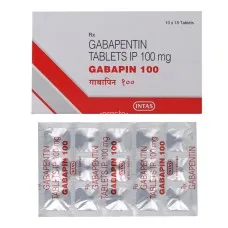
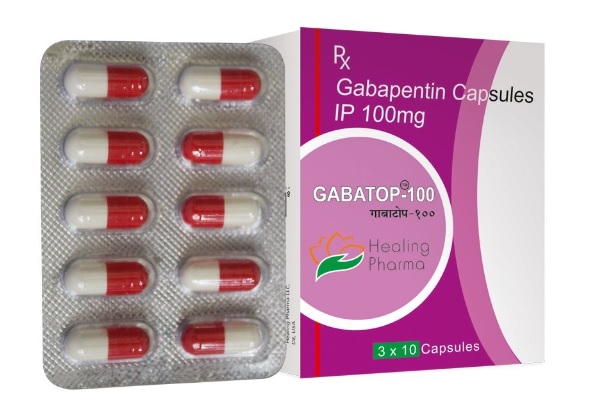
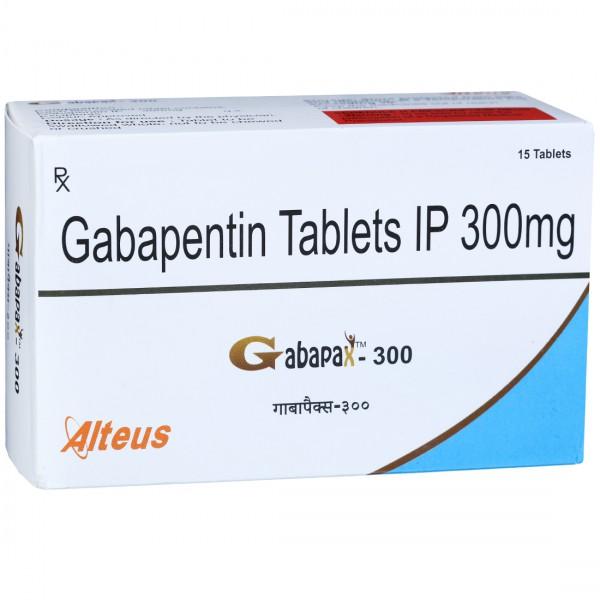

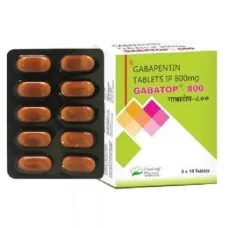
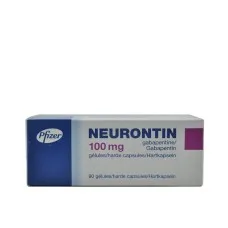
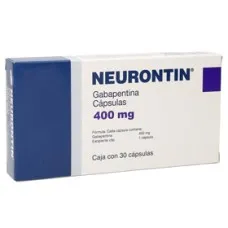
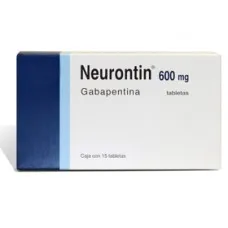
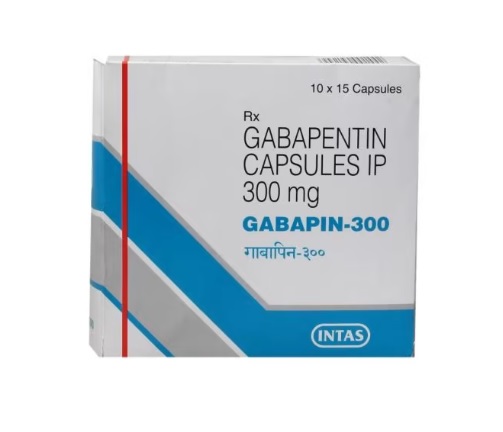
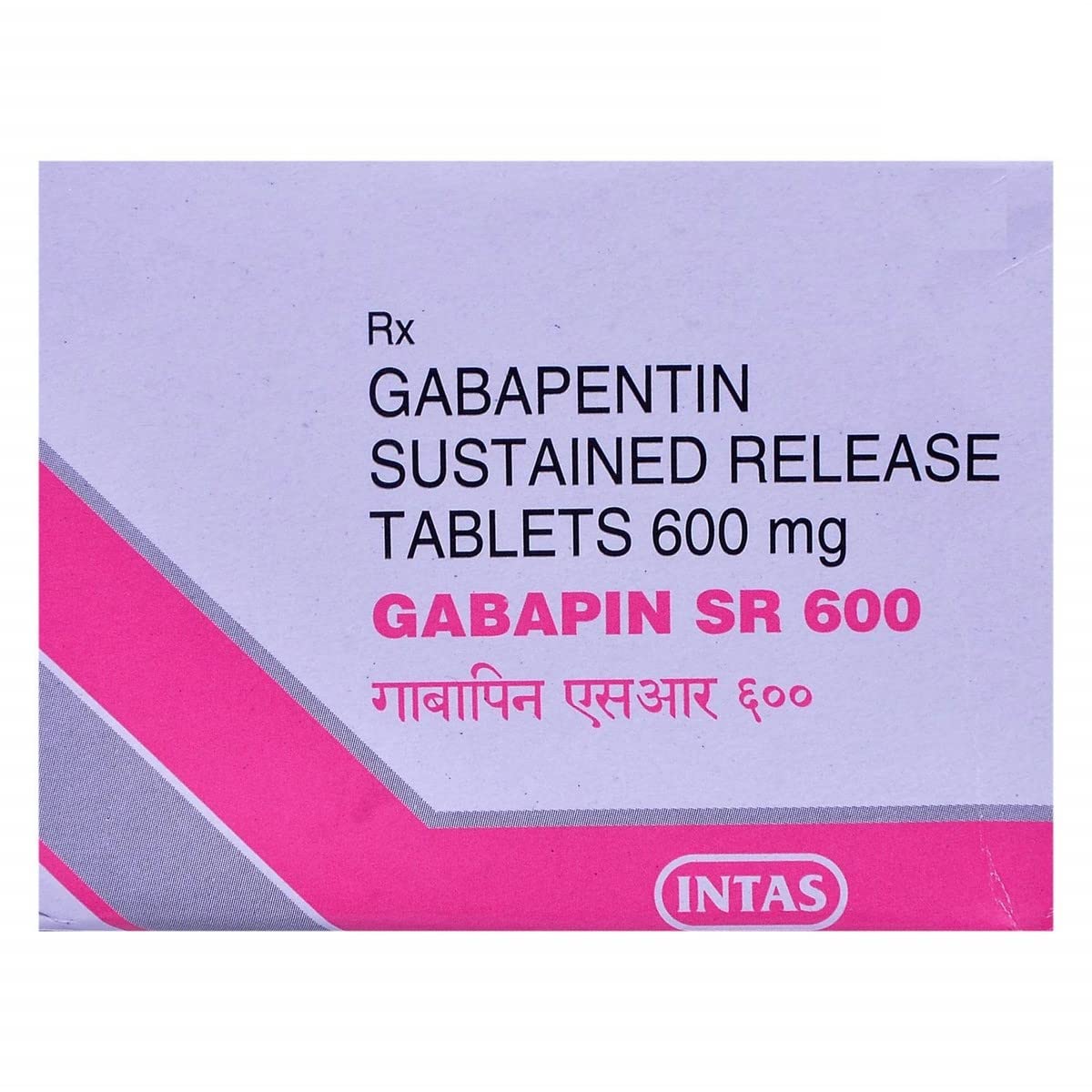


Reviews
There are no reviews yet.